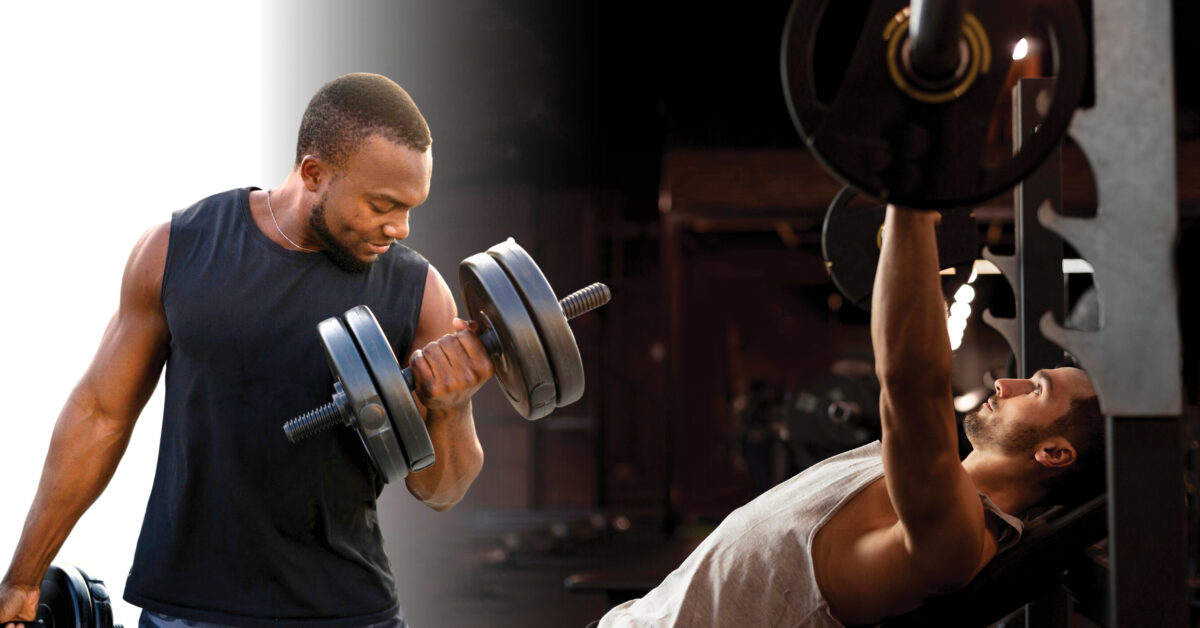
The 2024 Crawfish Season: In a Bit of a Pinch
April 2024
Balancing the Scales of Fertility
May 2024by Kristy Como Armand
Lacing up your running shoes and hitting the pavement or treadmill can do wonders for your physical and mental well-being. It’s one type of exercise that doesn’t require any special equipment – other than shoes – and you can do it just about anywhere or anytime it is convenient for you.
Numerous studies have shown that running increases life span as the result of the many health benefits it delivers, from decreased risk of cardiovascular disease and better sleep to better memory and improved knee and back health, just to name a few.
The downside to all of that running? According to Dr. Alex Anderson, primary care sports medicine physician with the Center for Orthopaedics, all those miles can take a toll on your joints and muscles over time, particularly if a few preventive guidelines aren’t followed. “There is no doubt that running provides many great health benefits, but if you push yourself too hard and don’t listen to your body, you may be setting yourself up for injury.”
Increasing the speed and/or distance of your run too quickly, running up hills and running intervals are a few reasons running injuries occur. Body mechanics also play a role. “The way your body is shaped can make you more susceptible to running injuries,” explains Dr. Anderson. “Also, most running injuries occur when you first start running, and the hips, knees, legs and feet are the most vulnerable.”
Dr. Anderson provides a run-down of the most common running injuries:
Runner’s knee is a common overuse injury with several different causes. It is commonly due to the kneecap being out of alignment. Over time, the cartilage of the kneecap can wear down, leading to pain around the kneecap, especially when going up or down stairs, squatting or sitting with the knee bent for a long time.
Stress fractures are characterized as a small crack in the bone. These fractures cause pain and discomfort and typically affect runners in their shins and feet. “Stress fractures are often caused by pushing too hard before your body is used to a new activity,” says Dr. Anderson.
Shin splints usually occur after a change in activity, like running a longer distance or increasing the number of days you run too quickly. The pain is felt in the front or inside of the lower leg along the shin bone. People with flat feet are more likely to develop shin splints.
Achilles tendinitis is an inflammation of the Achilles tendon, the large tendon attaching the calf to the back of the heel. “Pain and stiffness are typically experienced in the area surrounding the tendon, especially in the morning and with activity,” Dr. Anderson explains. “It is usually caused by repetitive stress to the tendon, often after increasing the distance of your runs too quickly.”
Muscle pulls or strains are small tears in the muscle, often caused by overstretching a muscle. The most common muscles pulled or strained by runners include the hamstrings, quadriceps, calf and groin.
An ankle sprain is described as the stretching or tearing of ligaments surrounding the ankle and often occurs when the foot twists or rolls inward. Dr. Anderson says sprains typically get better after rest, ice, compression, and elevating the foot.
Plantar fasciitis, an inflammation of the plantar fascia, is another common runner’s injury. The plantar fascia is the thick band of tissue in the bottom of the foot extending from the heel to the toes. “Those with tight calf muscles and a high arch in their feet are more prone to this, according to Dr. Anderson. He says calf stretches, rest and icing the bottom of the foot can help ease the pain associated with plantar faciitis.
Iliotibial band syndrome (ITBS) causes pain on the outside of the knee. The iliotibial band is a ligament running along the outside of the thigh, from the top of the hip to the outside of the knee, and Dr. Anderson says ITBS occurs when the ligament thickens and rubs the knee bone, resulting in inflammation.
“Whether you’re looking to lose some weight, increase your fitness level or just clear your head, running can be a great option,” stresses Dr. Anderson, “just make sure you start out slow and listen to your body along the way.”
Learn more or schedule an appointment with Dr. Anderson for running injury or training concerns at www.centerforortho.com.






